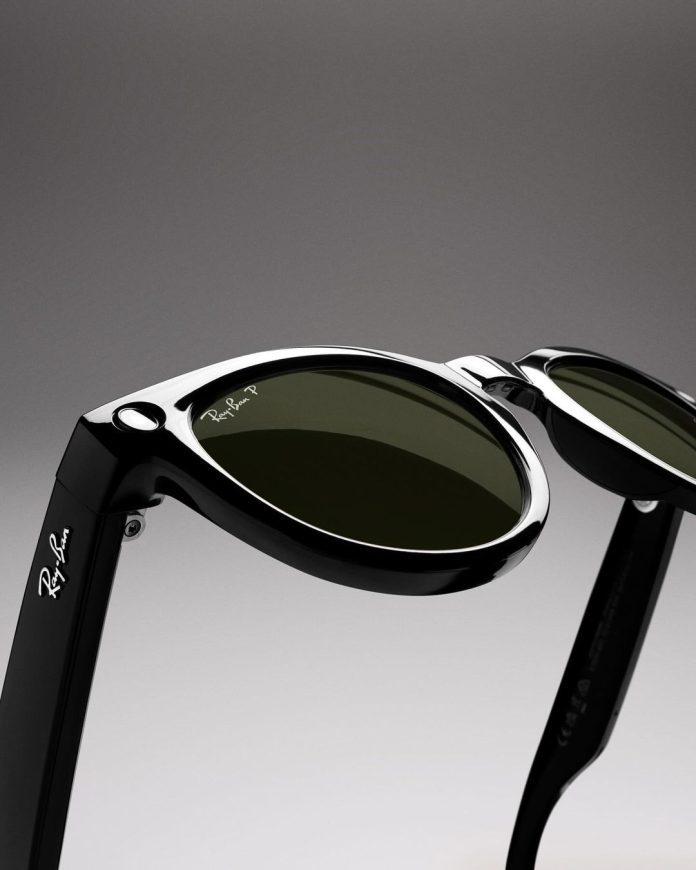Eyewear giant Ray-Ban and tech powerhouse Meta made waves when they announced their partnership on a new generation of smart glasses. Though already impressive, the Ray-Ban Meta smart glasses are currently seeing a new upgrade to add to its impressive documentation and artificial intelligence (AI) features. This latest update, currently in beta testing, will enable wearers to learn information about landmarks worldwide. By looking at it, the glasses will be able to identify the landmark and even provide intriguing information and history about the structure or place in real-time. It’s not only limited to famous world landmarks either; the smart glasses can also detect local sites or more quirky attractions.
This feature is still under development and testing, so the information and experience may not be 100% accurate yet, but this exciting addition to the glasses’ capabilities may further disrupt the burgeoning smart glasses market. Here’s more on the Ray-Ban Meta smart glasses and its features:
Multimodal AI
Aside from recording and audio, This landmark-identifying feature of the Ray-Ban Meta smart glasses uses a technology called multimodal AI. It uses the built-in camera to take a photo, which the AI reads and interprets. Then, it can identify landmarks in the wearer’s field of vision and pull up relevant information. Wearers can activate this feature using a voice command, such as “Hey Meta, tell me about this landmark.”
This multimodal AI feature isn’t only limited to landmarks; it can also be used to identify food ingredients and offer cooking advice based on visual information. It can also translate languages and summarize passages for easy access to knowledge. It can even give fashion guidance; wearers can ask which pieces pair well together or give certain suggestions. After giving commands for the AI to execute these actions, it remembers the context and can understand shorter prompts for more efficient and intuitive use.
Beyond sightseeing
This new feature adds another layer of functionality to the Ray-Ban Meta glasses, which already boast cutting-edge capabilities. These tech-imbued specs are a high-tech upgrade to Ray-Ban’s glasses, shades, and prescription sunglasses. They offer the same timeless styles the brand is known for, like the classic Wayfarer and new Headliner, as well as innovative eyewear technology and craftsmanship. They also offer 100% UV protection and visual clarity as regular Ray-Ban eyewear would. And despite being equipped with tech such as cameras and speakers, the smart glasses look like a regular pair of sunglasses or glasses, allowing wearers to keep them on and use them while blending in.
Meta’s technology is what makes these smart glasses a game-changer. They’re equipped with high-quality cameras, allowing wearers to take photos, record videos, and livestream onto Meta’s social media platforms like Facebook and Instagram. Users can also listen to music or take calls without taking their phone out. The tech can be activated and interacted with using touch or swipe gestures or voice commands beginning with “Hey Meta.”
How to access the new feature
Currently, this landmark recognition feature is only available to a limited group of testers in Meta’s early access program. However, for those eager to explore the world with a little extra digital guidance, there’s a waitlist you can join to be among the first to try it out. These beta tests help improve the technologies’ functionality and iron out their kinks so they operate at their best when they are rolled out to the public.
The future of smart glasses and wearable technology
Smart glasses are one of the latest innovations in the wearable technology industry. Gadgets like Apple’s smartwatches and virtual reality headsets have made waves in allowing people to interact with technology in an easy and engaging way. The Ray-Ban Meta smart glasses showcase how this technology is constantly evolving and adapting to changing consumer needs. The new multimodal AI feature that can identify landmarks may just be the tip of the iceberg for what these smart glasses can offer to the market and what may be in store for future products. With the tech still in development, it may take time to see how well it works and if it can be useful compared to learning information from other sources. However, the public may be able to try it out for themselves sooner rather than later with how rapidly tech is advancing












